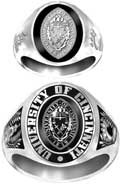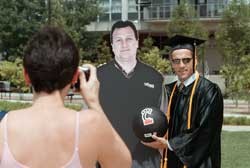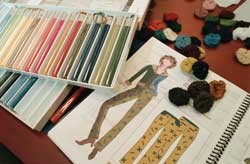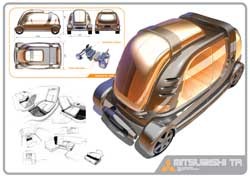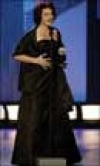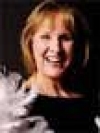Robots assist innovative doctors
A major gift has helped the University of Cincinnati lure a world-class surgeon to direct UC’s Center for Surgical Innovation. Randall Wolf, who left UC for Ohio State in 1999, is the first U.S. surgeon to do robotic coronary bypass surgery -- a procedure that allows for more precise heart surgery without opening the chest.
Wolf’s return is largely due to a $1.5 million gift from philanthropist Carl Lindner, HonDoc ’85, which makes it possible for the department of surgery to buy a da Vinci robot for research. The da Vinci allows surgeons to operate as if their hands are on the heart, when in fact they are across the room using robotic arms and a camera to direct slender surgical instruments inside the patient’s chest. Experts predict the technology will one day allow surgeons to operate not only from across a room but across countries.
The College of Medicine and University Hospital is purchasing a second da Vinci robot for treating patients at University Hospital. UC’s Center for Surgical Innovation, a convergence of UC’s College of Medicine and the College of Engineering, will train surgeons and develop new surgical devices.
“Robotic surgery is still in its infancy,” says Wolf. “There are more opportunities to decrease the trauma of surgery using this technology in vascular, urology, pediatric and even fetal surgery. Through biomedical engineering, we will make the new devices to fit on the robot.”
UC’s robotic surgery team scored a second coup in attracting Tim Broderick to UC to become medical director of its new interventional technology training center. Broderick has designs on becoming an astronaut and arrives from NASA’s Medical Informatics and Technology Applications Consortium based at Virginia Commonwealth University. His recent work there focused on virtual reality medical simulations in zero gravity -- an effort that will prepare doctors to perform surgery on astronauts.
UC unveils official ring
In an effort to make the UC class ring a unifying token of pride, UC Bookstores recently unveiled a single design with three campus symbols every Bearcat should recognize.
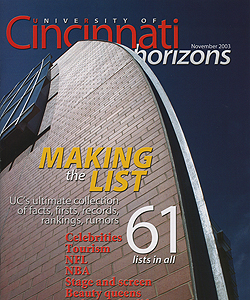
 Past Issues
Past Issues